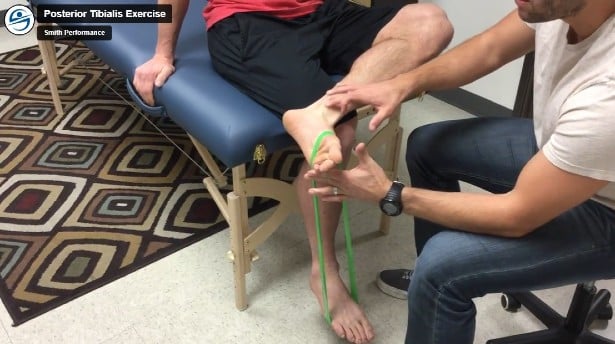
Find related articles and learn more about our process at SPC.

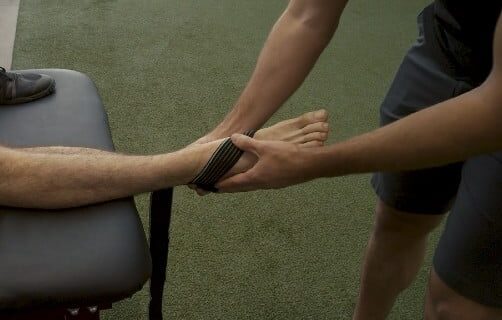
Bracing for poor hip control The SERF Strap Bracing for foot and lower limb control The Post Tib Brace
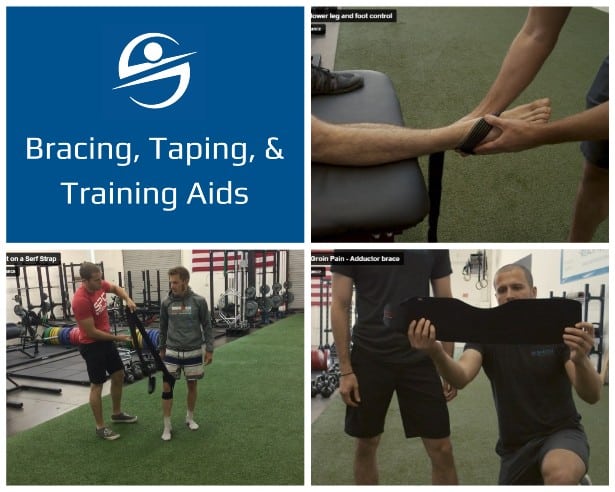
One of the key differences in our practice compared to normal, insurance-based physical therapy is how we schedule our sessions. We normally do a session once every week to two weeks. This developed as a result of our focus on the home plan. The second reason was how we started to use braces, tape, and training aids. These tools became a key part of our practice. The funny (maybe sad) part of using braces is how terribly the instructions are in their use. The SERF strap is one of my absolute favorite tools for a variety of force absorption-based injuries. The brace is extremely difficult to put on and the instructions are awful. We were tired of shooting the same video over and over and over, so we made a general video explaining it all and put it up on the site. The SERF strap is just one brace

Telehealth in Physical Therapy The Technical Definition The official definition of telehealth is as follows: “Telehealth is defined as the use of electronic information and telecommunication technologies to support long-distance clinical health care, patient and professional health-related education, public health, and health administration. Technologies include video conferencing, the internet…”. To take the technology further, telehealth is an umbrella term for a variety of services (education, administration, public health, healthcare) delivered electronically through telecommunications. Healthcare services delivered through video conferencing and internet services are called telemedicine. Telemedicine is the term used to describe clinical care rendered through video conferencing, the internet, and other electronic means. Telemedicine is one specific component of telehealth and is the primary service we are putting systems in place to provide. We will use the term telemedicine and telehealth interchangeably on our website and in this article. For our purposes, the distinction is unnecessary. Our
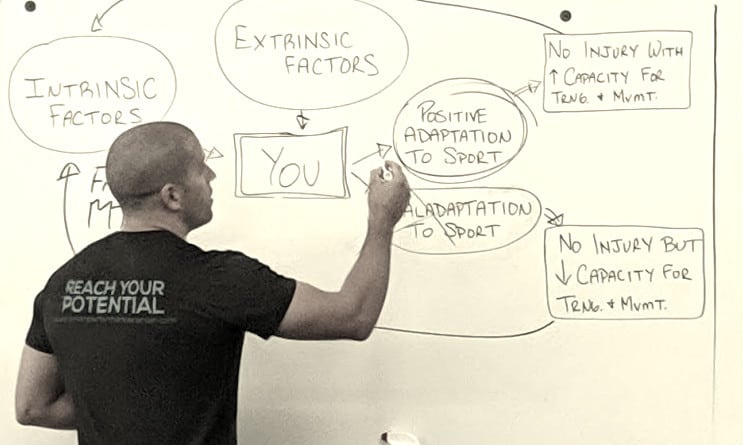
What is a Trigger? We use the term trigger as a catch-all term for the activities and movements during the day that makes symptoms worse. Trigger investigation is critical because they are the bane of feeling better. The term, trigger, is an event that causes something else to happen. You trigger the headache when you look over your shoulder. You trigger back pain when you move from sitting to standing. You trigger the shoulder pain when you reach for the shelf. Sounds simple? Unfortunately, determining all of the triggers to your symptoms is as difficult as it is important. We obsess about triggers and draw boxes and lines going all over! Why do we obsess on trigger management instead of building a huge list of physical therapy exercises? Imagine this scenario. I am hitting a nail into the wall. Instead of hitting the nail, I manage

In the clinic, we get a lot of questions about pain because it is the main reason people walk through the door. Today I am going to go through a brief review of pain and imaging. Imaging refers to radiographs (x-rays), MRIs, and CT scans. These are typically used to help a medical provider determine what is causing the pain and the best intervention to resolve the problem. What do we know? Numerous imaging studies ranging from the knee to the low back show that the level of pathology cannot predict a person’s pain experience. We cannot predict pain, the level of disability, or long-term activity based on an image. Individuals with chronic low back pain have been compared to those with no back pain. The findings on the imaging do not show consistent differences between these two samples. For example, a woman with nasty, limiting pain may show

Cramping is at the top of the list of common problems that we think are misdiagnosed and mismanaged. Watch the following video to learn more!
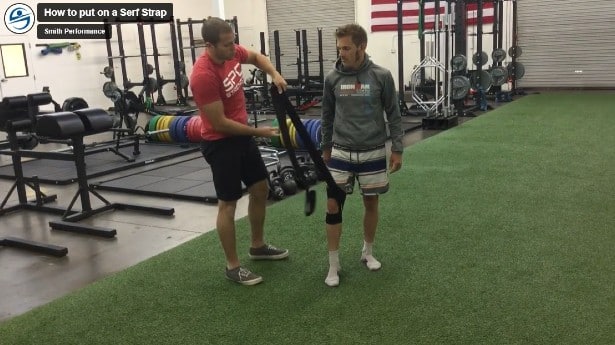
What is the SERF Strap? The SERF Strap is the first patellofemoral brace designed to treat PFP due to poor hip control. Basically, the strap is a really long elastic band that you anchor at the knee (my term is foundation 1), tension over the outside of the thigh, and anchor around the pelvis (foundation 2). When you create these anchor points, the strapped leg will now have support for external rotation at the hip joint. This reduces pelvic drop and knee valgus. You can take someone whose knees hit together and immediately correct this dysfunction. While the marketing material and websites talk just about patellofemoral pain, I use this tool for symptoms in the leg (sometimes the back) during the stance phase of running or walking. This includes injuries like posterior tibialis tendinopathy, adductor longus and gluteus medius injury, and trochanteric bursitis. For athletes, I prescribe it as an
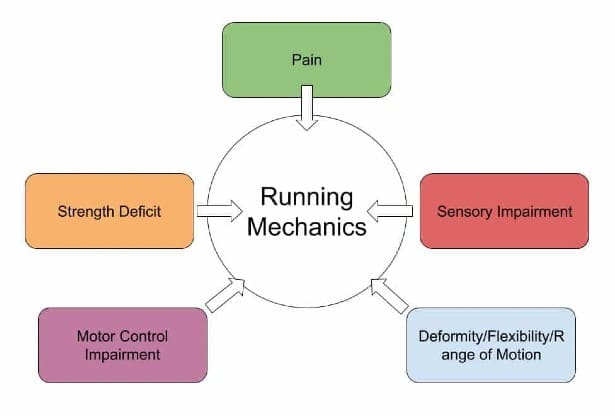
We perform running analyses every day. Viewing your running pattern lets us see you move from one phase of running to the next, from stance to float to swing. There is always something present that would fall out side of what others consider perfect form. Over striding may be present. You may appear to pronate too much. You may be a heel or forefoot striker. We may see that your knees hit together. But we do not start with a running analysis. The insights above may get you back to running. However, the truth is that analyzing running gait is not enough. The how and why someone runs with their current pattern or why they keep having an injury cannot be determined by watching them run without checking out the other 5 contributors. Resolving it is not as simple as a switch to a midfoot or forefoot, which is the
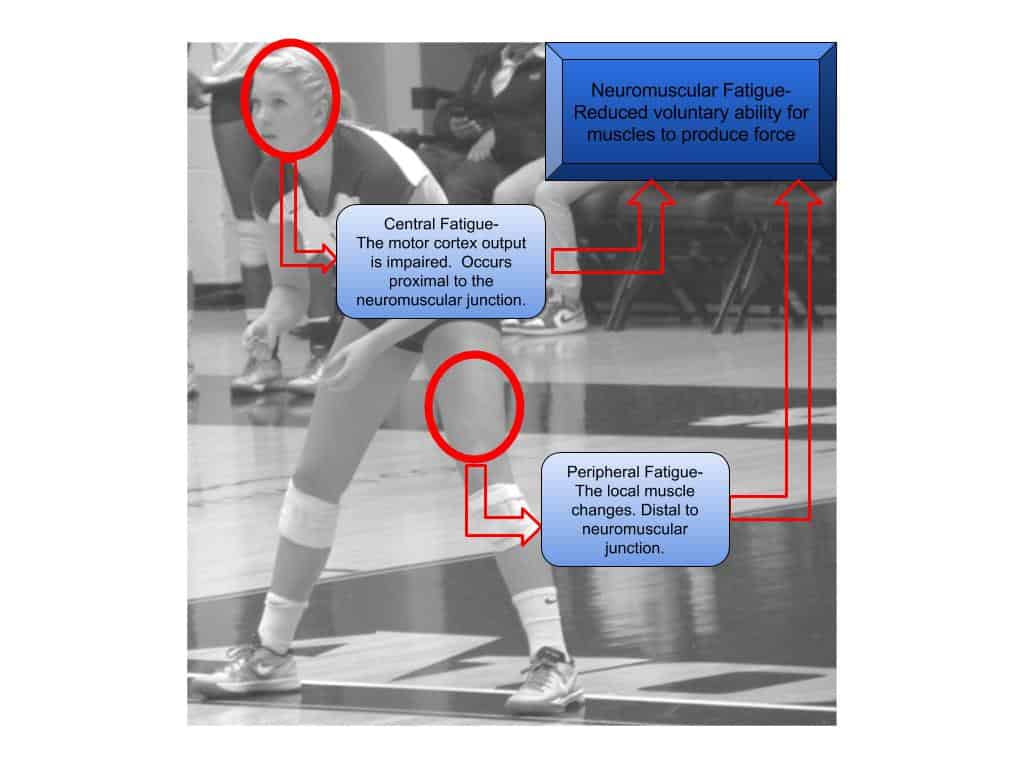
Returning to Activity, Physical Therapy, and Neuromuscular Fatigue Neuromuscular fatigue has been implicated as a significant problem for individuals returning to sport following an anterior cruciate ligament (ACL) injury and reconstruction. Due to the high rate of re-injury in those that have had an ACL reconstruction, one hypothesis is that neuromuscular fatigue will negatively impact strength performance, postural stability (single leg balance), and biomechanics during jumping and landing. It blows my mind that a female athlete with an ACL tear is 16 times more likely than a healthy female athlete to tear an ACL again. The interplay between a previous injury, the resulting changes to the input to the brain, modified motor planning, and re-injury is an interesting development in research. Today I wanted to dive a little more into fatigue, its impact on biomechanics, and how physical therapy and strength training can start to augment the problem. There
(520)398-4886
(520)398-4775